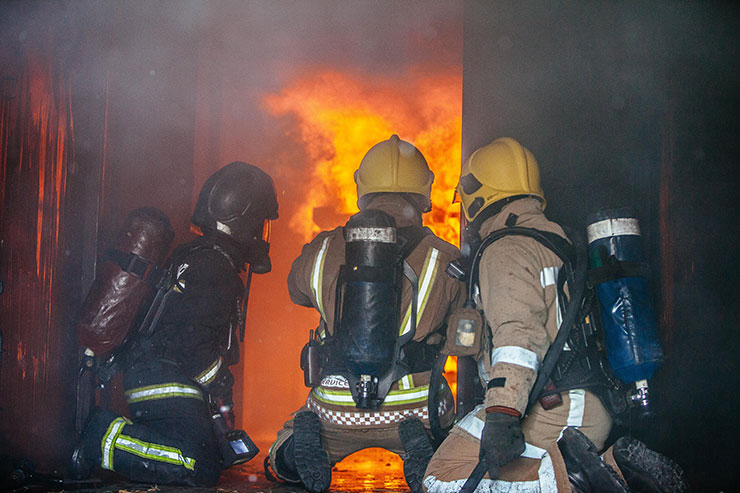CRJ Winter edition update
We are working on the next issue of Crisis Response Journal, which is published in December. This is a quick summary of some of the features, though there are many more in the pipeline and this list is not complete – a full update will be provided very soon.
Our comment this issue is written by David Miliband and Courtenay Cabot Venton, who call for greater efforts to tackle the effects that climate change and humanitarian disasters are having on children.
In addition to our incident reports and analysis, we are looking at several main themes, the first of these being water and the environment.
Christian Resch, team leader of an Austrian military disaster relief unit that deployed during the Bosnian floods earlier this year, describes how extraordinary volumes of floodwater damaged infrastructure, affected drinking water and unearthed unexploded ordnance. Luavut Zahid looks at the same problem in Pakistan, where UXO is also posing a deadly threat, especially during floods. Meanwhile, the Mines Advisory Group is writing about the risks and hazards of munitions storage, dealing with the issue of degrading munitions and the risks posed by poorly held weapons stores in terms of illicit arms trafficking.

MAG International outline the hazards of muntions storage and what happens when it goes wrong (photo: MAG)
Hilary Phillips describes how copper thefts are causing water crises in Gauteng, South Africa, and we look at the water supply and environmental issues that continue to this, 30 years after the deadly release of methyl isocyanine across the town of Bhopal, India.
Migration and crisis response is another topic that we will be exploring, with Bernie Gravett explaining how human trafficking is a crime that ruthlessly exploits some of the most vulnerable people in the world - women, children and men for numerous purposes including forced labour and sex – and how the whole cycle of trafficking is much more than a criminal act, as it causes crises at many levels of society.
Our Editorial Advisory Panel Member, Alvaro Pemartin, MD, will be looking at the Ebola issue, global response and implications for future outbreaks of disease. Another Advisory Panel Member, Raphael M Barishansky, outlines possible futures of the US public health emergency preparedness system, and a team led by Professor Jean-Luc Gala, MD, PhD, Colonel, Université catholique de Louvain (UCL/IREC/CUSL) & Defence Lab in Belgium describes four novel technology developments for rapid mobile laboratory deployment in the event of a CBRN incident.

We look at four novel developments to improve the effectiveness and work performance of rapidly deployable CBRN analytical laboratories in crisis situations
We also look at major events and public order – including Robert Broadhurst on policing strategy at the 2011 wedding of Prince William and Katherine Middleton in the UK, and multi-agency preparations for the NATO summit in Wales earlier this year, written by Dr Wyn Price, Head of Resilience, Welsh Government. Editorial Panel Member Erie Braakhekke describes a Dutch programme on crisis and public order management.
CRJ previews next year’s UN 3rd World Conference on Disaster Risk Reduction in 2015 in Japan, with an introduction from new Editorial Panel Member Paola Albrito.
Other topics covered include a new approach to categorising marauding firearms attacks for first responders written by Dr Dave Sloggett, community safety initiatives by Helen Braithwaite, OBE, a look at how modern fire services are evolving, safer cities, the Lagos guesthouse building collapse, space weather collaboration and Emily Hough’s report after meeting rescuers from Syria’s Civil Defence Force.

Fire Behaviour Unit – Andy Marshall looks at Staffordshire Fire & Rescue Service’s evolutions for the future (Photo courtesy Fire Service College)
CRJ Volume 10, Issue 2, is published in December 2014.